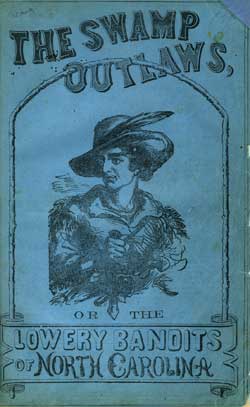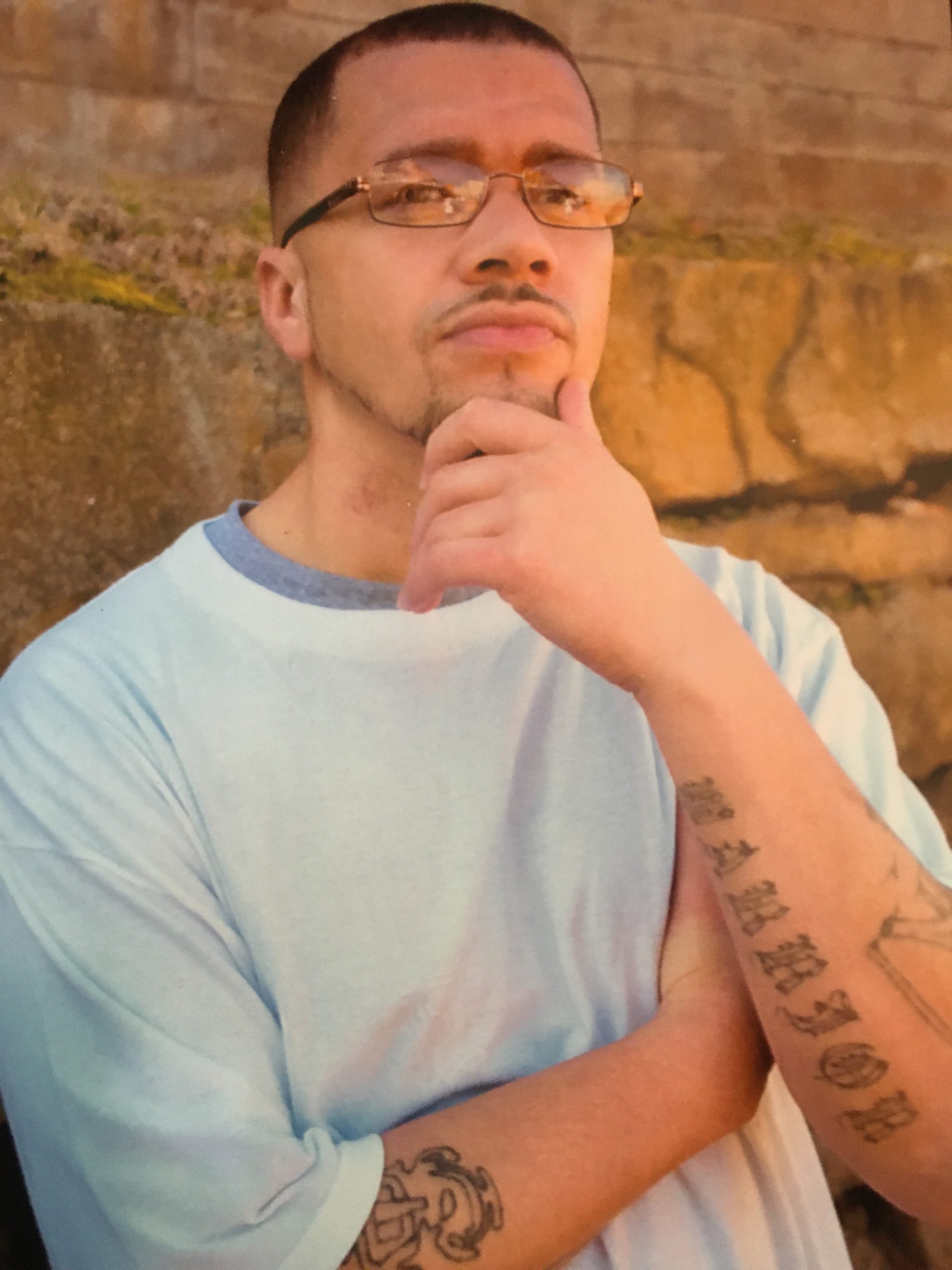In this Chapter
- Historical Overview
- Death Row Profile: Guy LeGrande
- White Domination, Anti-Black Violence, and the Death Penalty in North Carolina: How the Myth of Black Criminality Has Always Justified Violence Against African Americans
- In Black & White: Lynching & the Death Penalty were Two Sides of the Same Coin
- A Monument to Slavery Hangs Over N.C.’s Highest Court
- SAFEKEEPING: A Linguistic Monument to a Racist Past
- For Native Americans, First Genocide Then the Death Penalty
- Black Women Have Always Been the Heart of the Death Penalty Abolition Movement
Most people know this country was “settled” by Europeans who waged war and subjected Native Americans to genocide. Less well known is how the government has used the death penalty to subjugate and terrorize Native people.
During the Civil War, even as the Union fought to free enslaved Americans, the United States executed nearly 40 members of the Eastern Sioux tribe. Thirty-eight men were hanged in Mankato, Minnesota in December 1862, the largest mass execution in U.S. history. The condemned were sentenced to death by a military court following the Dakota War, a battle between European immigrants and Native Americans defending their land.
In North Carolina during the Civil War, Confederate authorities conscripted Native Americans as laborers. Native Americans were forced to work on military fortifications at Fort Fisher in Wilmington, for example. In Robeson County, a Lumbee farmer named Allen Lowry led members of his tribe in resistance to Confederate authorities. Rather than work as forced laborers along the Cape Fear River, the group hid in swamps.
Confederates also suspected Lowry of fomenting rebellion by enslaved Blacks. In March of 1865, as Sherman’s Army neared Robeson County, Allen Lowry and his son William were accused of illegal possession of firearms. After a hasty trial, they were convicted and executed the same day.
Over the next decade, Allen Lowry’s surviving son, Henry Berry Lowry, led a multi-racial guerilla war against powerful whites. The Lowry Gang, made up of Native Americans, Blacks, and whites, raided plantations and distributed food to poor people. They later killed the head of the Ku Klux Klan. The Governor set a bounty on their heads, and by 1872, most if not all of the Lowry Gang were dead at the hands of the military and law enforcement.

Henry Berry Lowry, a Lumbee from Robeson County, led a multi-racial guerilla war against powerful whites and was known as the Robin Hood of North Carolina. 
The cover of an 1872 book about the Lowry family.
North Carolina has executed seven Native Americans since the creation of the state-run death penalty. The state conducted a double execution in 1943, when it put Harvey Hunt and Purcell Smith, both in their 20s, to death on the same day for raping a white woman. The state conducted another double execution in 1949, when Native Americans Leander Jacobs and Hector Chavis were executed for a Robeson County robbery and murder. It took 11 minutes for the men to die in the gas chamber, seated side by side in two wooden chairs.
First, our government committed genocide against Native Americans, enslaved them, and took their land. Now, after decimating the Native population and leaving many in poverty,, it continues to disproportionately target them with the death penalty.
Under North Carolina’s so-called “modern” death penalty, Anson Maynard, a Lumbee, received the death penalty for shooting a man and sinking his body in the Cape Fear River. Seven days before his execution in 1992, Gov. Jim Martin commuted his sentence. Martin said an extensive review of the evidence left him “not convinced that Anson Maynard pulled the trigger.”
In 2003, North Carolina executed Henry Hunt, a Lumbee, despite serious questions about his guilt in a Robeson County double homicide. Hunt passed two polygraphs and no physical evidence linked him to the killings. Moreover, his codefendant swore in an affidavit that he and his brother committed the murders and Hunt was not involved. Law enforcement withheld critical information at trial and destroyed other case records. Invoking Crazy Horse’s battle cry at Little Big Horn, Hunt’s final statement before he was executed by lethal injection was, “It’s a good day to die.”
Today, eight Native Americans live on North Carolina’s death row. One of them is Paul Cummings, who is Lumbee. Paul’s grandfather, Jerry Cummings, was sentenced to death in Robeson County. Jerry lived nearly 30 years on death row before he died of natural causes in 2016. He spent a dozen of those years caged near his grandson Paul, who came to death row in 2004, after he was sentenced to death in Wilmington, 20 miles from Fort Fisher.

A Michigan State University study of North Carolina’s death penalty showed that, between 1990 and 2010, Native Americans were nearly twice as likely to receive the death penalty as whites, even after controlling for factors like the seriousness of the crime — and the ulitimate punishment is used most intensely against Native Americans who kill whites.
In Robeson County, home to North Carolina’s largest Native population, prosecutors were six times more likely to seek the death penalty if the defendant was Native American and the victim was white. And Native American defendants convicted of killing white people in Robeson County were nearly 23 times more likely to be sentenced to death.
First, our government committed genocide against Native Americans, enslaved them, and took their land. Now, after decimating the Native population and leaving many in poverty, it continues to disproportionately target them with the death penalty.